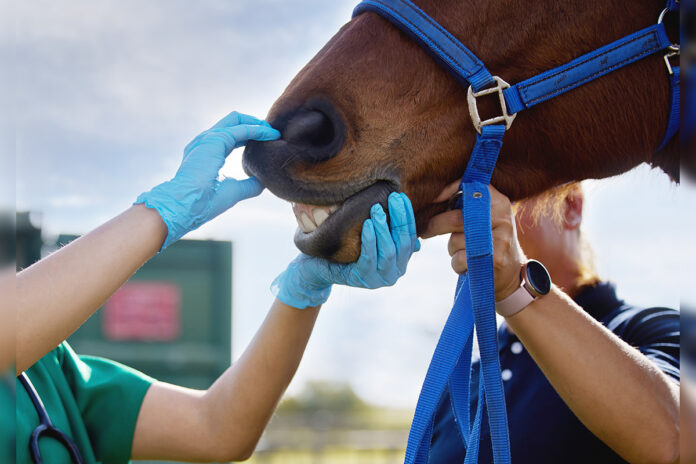MANITOULIN—As the boating season comes to a close, experts are urging watercraft owners to properly clean, drain and dry their equipment following the alarming discovery of an invasive aquatic plant, Hydrilla verticillata, in Ontario. This plant, found for the first time in the wild in Canada at Hillman Marsh Conservation Area in Leamington, near Lake Erie, poses significant risks to local ecosystems and recreational activities.
The Essex Region Conservation Authority reported that hydrilla was detected at the end of June. Known for its rapid growth of up to 2.5 cm per day and potential lengths of 7.5 metres, hydrilla can outcompete native species, clog water intake pipes and disrupt recreational activities such as swimming and boating. Under Ontario’s Invasive Species Act, hydrilla is classified as a prohibited invasive species.
Rebecca Rooney, an associate professor at the University of Waterloo and an expert in wetland ecology, discovered the plant during a research project in the area. The origins of hydrilla in the marsh remain unclear, but it is believed to have arrived in North America through aquariums. Ms. Rooney warns that the plant spreads through seeds and tubers—small potato-like structures that can adhere to footwear or boating equipment.
“If you’re walking through the wetland and get mud on your boots, you can unknowingly spread it by carrying tubers,” Ms. Rooney explained. “Boaters must ensure they do not disturb the plant, as fragments can develop into new growth.”
Rick Layzell, CEO of the Boating Ontario Association, emphasizes the importance of public awareness regarding the “clean, drain, dry” protocol. Over 100 educational signs have been installed at launch ramps across the province to inform boaters of their responsibilities. The Ontario government mandates that all vessels must be free of mud, vegetation, algae, and aquatic animals before being transported overland, as some invasive species can survive out of water for weeks.
The consequences of hydrilla’s spread are concerning. Tim Byrne from the Essex Region Conservation Authority estimates that a single herbicide treatment could cost around $125,000 and may require five to ten years of monitoring and management. Hydrilla currently covers an area approximately the size of 64 football fields, although it is contained within the marsh, which is not directly connected to Lake Erie.
Experts advise the public to remain vigilant. Anyone who suspects they have spotted hydrilla should report it through environmental monitoring apps like iNaturalist or directly to local authorities. Preventative measures are crucial; avoiding the introduction of aquarium plants into local waterways and ensuring thorough cleaning of all watercraft can help protect Ontario’s aquatic ecosystems.
As the season changes, let us all commit to preserving our waterways by following best practices and preventing the spread of invasive species like hydrilla.






